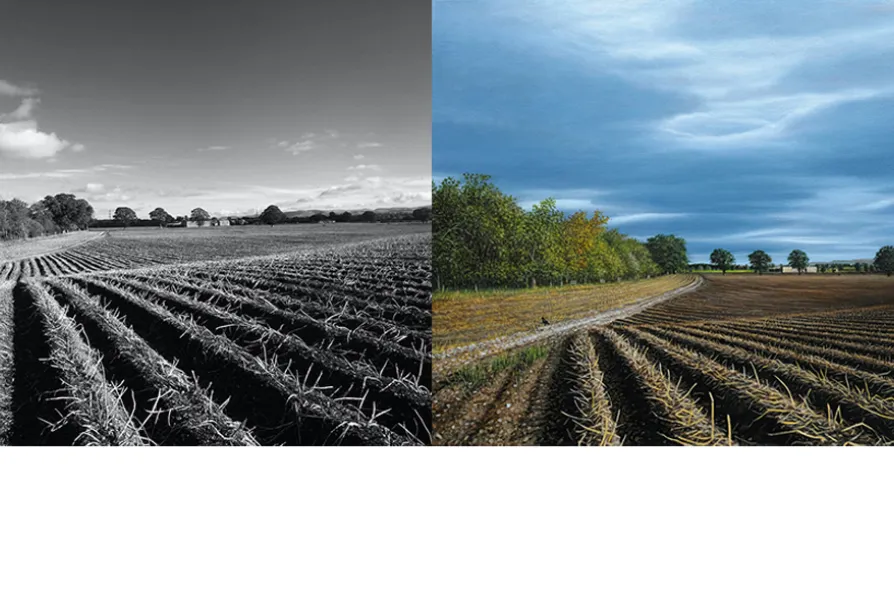GEOFF BOTTOMS appreciates the local touch brought to a production of Dickens’s perennial classic
Artless anti-life
ANGUS REID is unimpressed by the reactionary undertow in an exhibition of melancholic Perthshire landscapes and photographs

 (Left) PloughedFfield South Farr and (right) Black Crow by a Stony Path
[scottish-gallery]
(Left) PloughedFfield South Farr and (right) Black Crow by a Stony Path
[scottish-gallery]
Philip Braham: Closer to Home
The Scottish Gallery, Edinburgh
PHILIP BRAHAM’S new exhibition is prompted, he says, by reflections on suicide.
In it, solitary trees stand out against poisonous skies, while stony paths wander into the centre of the composition and go nowhere.
The whole enterprise recalls the gloomy romanticism of the 19th-century German painter Caspar David Friedrich, whom Braham cites as a major influence.
Similar stories

LOUISE BOURDUA introduces the emotional and narrative religious art of 14th-century Siena that broke with Byzantine formalism and laid the foundations for the Renaissance

While the group known as the Colourists certainly reinvigorated Scottish painting, a new show is a welcome chance to reassess them, writes ANGUS REID

SIMON DUFF explores the latest offering of the Chinese artist in exile AI WEI WEI

RINA ARYA confronts the brutal operation of Francis Bacon’s approach to portraiture










